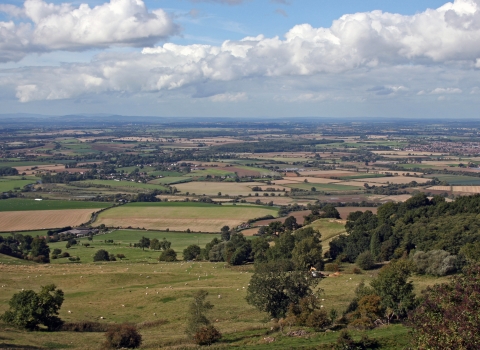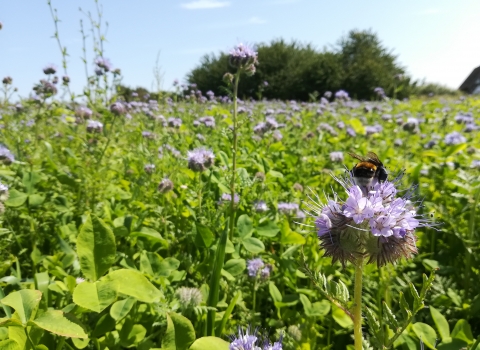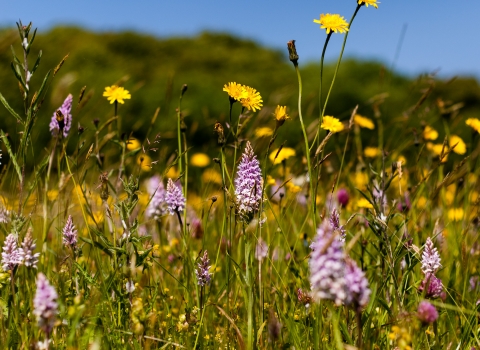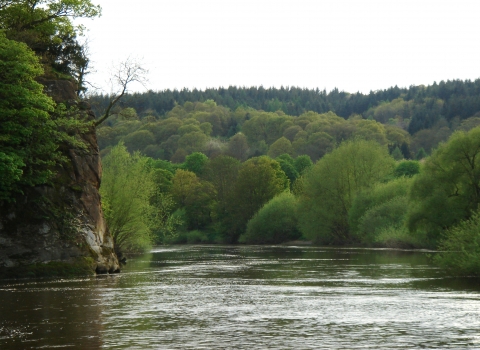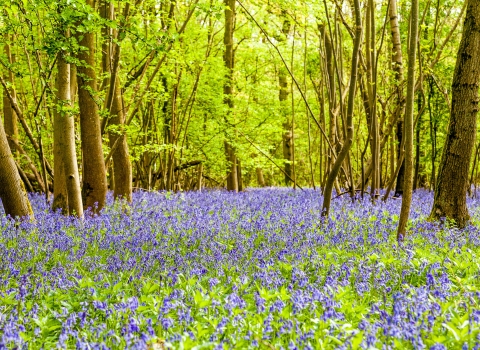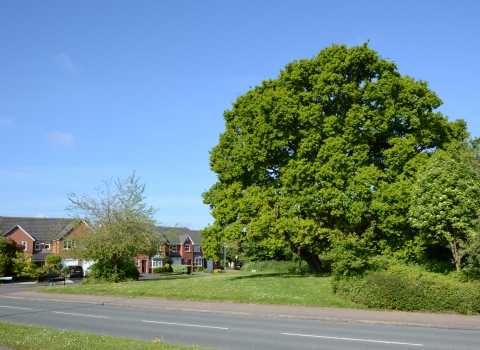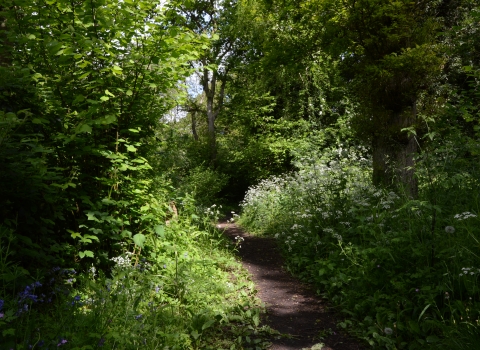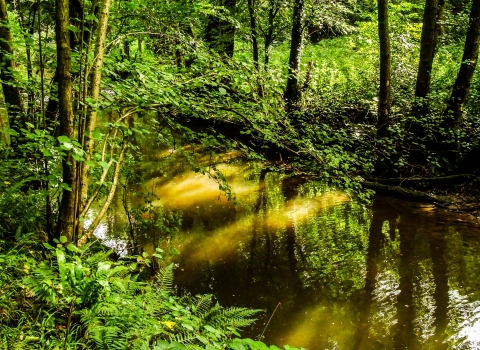Worcestershire has some stunning countryside and a fantastic diversity of wildlife.
Looks, however, can be deceptive.
56% of our species in the UK have declined over the past 50 years. Road and other developments, insensitive land management and lack of funding have created barriers between natural spaces and led to less room for wildlife.
Wildlife needs our help.
Our work to save wild places, manage land for wildlife and engage people with the natural world is vitally important. For over 50 years, Worcestershire Wildlife Trust has demonstrated what can be achieved directly or by influencing the actions of others.
Thanks to the support of our members, we're able to protect the land that we own as well as work with land managers across the county to help improve habitats for wildlife.
Bigger, better, more joined up
Our 80 amazing nature reserves provide some of Worcestershire’s most important homes for wildlife and cover around 0.5% of the county. However, protected reserves alone are not enough to help nature bounce back. Nature reserves need to be connected by green corridors so that wildlife populations can survive and thrive - we call this a 'Living Landscape'. To achieve this, we try to make our sites:
Bigger
expand natures reserves or work with neighbouring landowners
Better
continuously improve the site for wildlife
More joined up
create green corridors in the landscape by working with others
30 by 30
Together with Wildlife Trusts across the UK, we are calling for at least 30% of our land and sea to be connected and protected by 2030 to allow nature to recover. 30% is the bare minimum that nature needs to start recovering - we are far short of this.
Making space available for nature will give our struggling wildlife the chance to recover and also restore beautiful wild places - places that also store carbon and can help to tackle the climate crisis.

